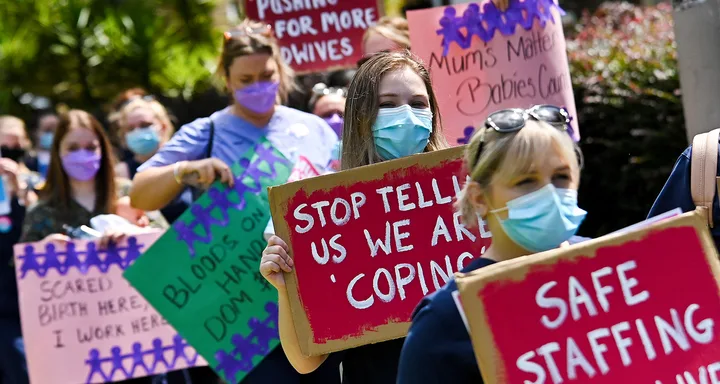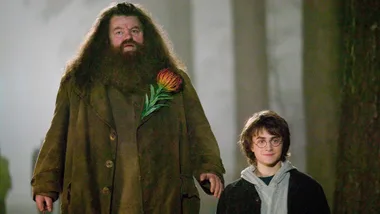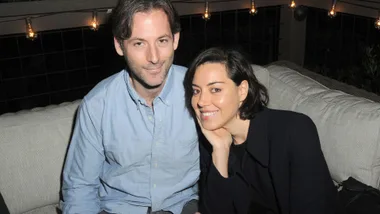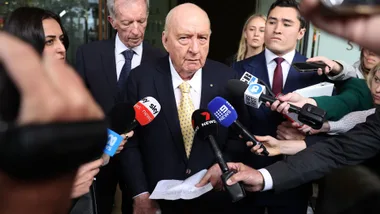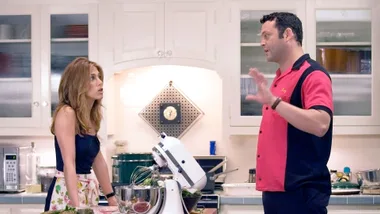On February 15 2022, thousands of nurses and midwives around New South Wales walked in protest against inadequate staffing for the first time in nine years, demanding a change to the system that’s stretched to its brink.
Since the COVID-19 pandemic flipped the world upside down, medical and hospital systems have severely suffered. And while they’ve given endless energy and exhausting hours to healing the unwell, it’s about time that we hear their cries for help.
On Monday, one day before the marches were set to take place, the Industrial Relations Commission (IRC) issued an order to the NSW Nurses and Midwives’ Association to call off the industrial action.
Defying the order, NSW nurses took to the streets across Sydney and the remainder of New South Wales in a series of rallies through the city’s CBD, all the way to Parliament House. As for the order, it came too late since members across the state had already chosen to strike, wanting to “stand tall” while venting their frustrations.
But exactly why have nurses and midwives opted to protest for the first time in almost a decade? Well, it’s because the NSW government has let them down.
“We were short-staffed well before the pandemic, but then Omicron hit and it became like a war zone,” emergency department nurse Kelly Falconer told The Sydney Morning Herald.
“We were forced to close part of our hospital’s emergency department because we just did not have the nurses. At one point, just before Christmas, we were down 25 staff just in ED alone.”

Assembling at Hyde Park, the gathering saw a sea of scrubs and surgical masks as health workers demanded a lifeline for putting their lives on the line for so long. Carrying signs that read “Our ICU is on life support” and “Stop telling us we are coping”, the frustration was palpable—and for good reason.
Since 2013, hospital systems and the medical staff have struggled with years of dissatisfying staffing, with COVID-19 only adding even more pressure to the industry.
NSW has seen a death rate of only 1,743 out of a total of approximately 1.2 million cases, according to NSW Health. As for whether our nursing staff are entirely responsible for the lives saved can’t be confirmed, but their impact is definitely felt nationwide.
So, what do nursing staff need from the government? Honestly, nothing that isn’t necessary.
They’re calling for a minimum of one nurse for every four patients per shift, a COVID-19 allowance payment, a pay increase of 2.5 per cent, and for the state government to stop their plans of removing a special provision that automatically presumes they were infected with the disease on the job.
At the moment, NSW premier Dominic Perrottet and his government enables hospitals to increase staffing, but only if a patient’s needs are in question—not if the nursing staff themselves are begging for reprieve.
And despite their short-staffed teams, NSW nursing staff still ensured that “hospitals maintained life preserving staff” while the protests took place.
According to the Sydney branch secretary of the NSW Nurses and Midwives’ Association, the pandemic has left their industry desperate for help, with this “dire” situation being anticipated by the hospital system for decades.
For one nurse, she revealed that the sound of patients crying out, as she struggles to help them all, has haunted her since the pandemic hit.
“I drive home and hear the echo of a skull hitting the floor,” Central Coast nurse Lana told SMH. “There’s nothing like that sound when you know they’ve fallen because you couldn’t get there,” she said.
Given that the entire population has relied heavily on nursing staff to restore their health, and even save their lives, it’s astounding to witness their cries for help being pushed aside, especially since the same government officials deciding their working conditions have relied on their help too.
Speaking of said members of parliament, when Perrottet was pressed on the issue of inadequate staffing rations last week, he claimed that their demands haven’t “worked so well in other states”.
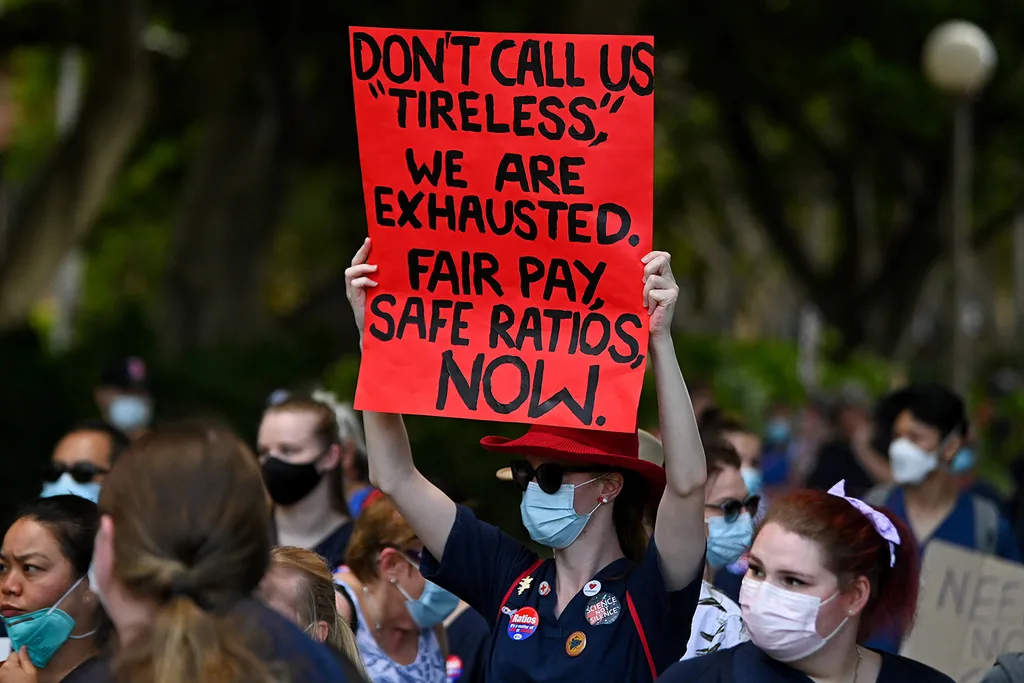
Meeting with the union before the strikes, NSW health minister Brad Hazzard, even attempted to put a stop to their actions, expressing his disappointment that the rallies continued.
“It’s unfortunate… there’s been all sorts of efforts to try and work our way through their principal issues,” he told radio 2GB, as per The Guardian.
According to Hazzard, to achieve the union’s requests of a strong nurse-to-patient ratio, it would cost taxpayers around $1 billion.
“I still need to be able to manage taxpayers’ dollars and make sure it works,” he told the radio host.
From the outside, the NSW government’s claims of pursuing crisis talks may seem genuine, but union officials have declared otherwise.
For NSW Nurses and Midwives Association president O’Bray Smith, she claimed that Hazzard and health bureaucrats spent the meeting “mansplain(ing) about life in health”.
“Those ‘crisis talks’ were merely a tickbox, so they could go to the IRC and the media and say ‘Oh, we tried’,” she said, adding, “I will not be lectured about safe staffing by these men.”
So, what’s next for NSW nurses and midwives? Well, more strikes may be on the horizon.
As per the Australian Associated Press, a statement by the NSW Nurses and Midwives Association declared that members “raised their hands in support of further strike action and signalled to the premier they would not give in until all demands were met”.
Our nursing staff have put their health, safety and loved ones on the line to save our nation from sickness and death from long before the pandemic even began.
Providing our frontline workers with sustainable working conditions and adequate financial aid shouldn’t need to be fought for—it should be a given.
